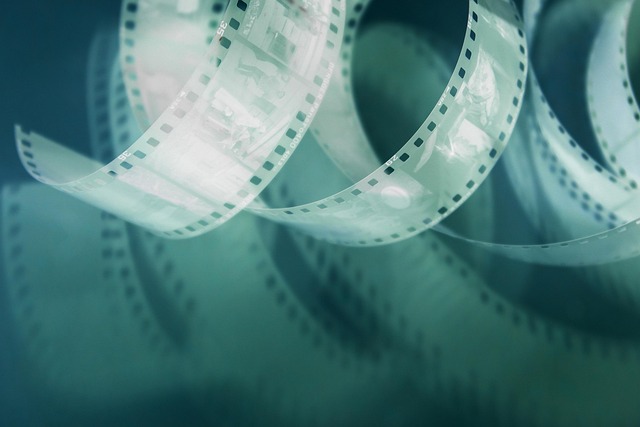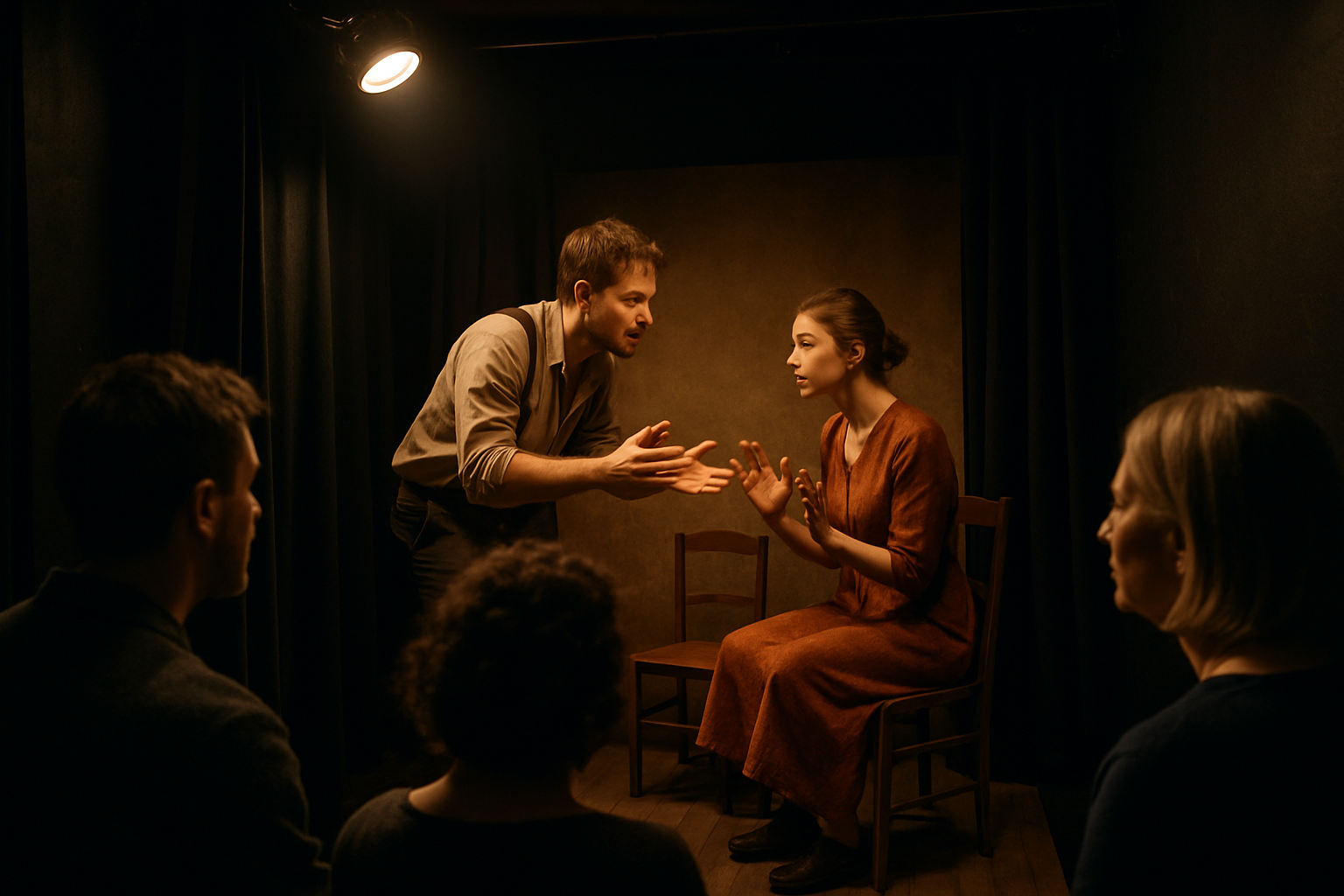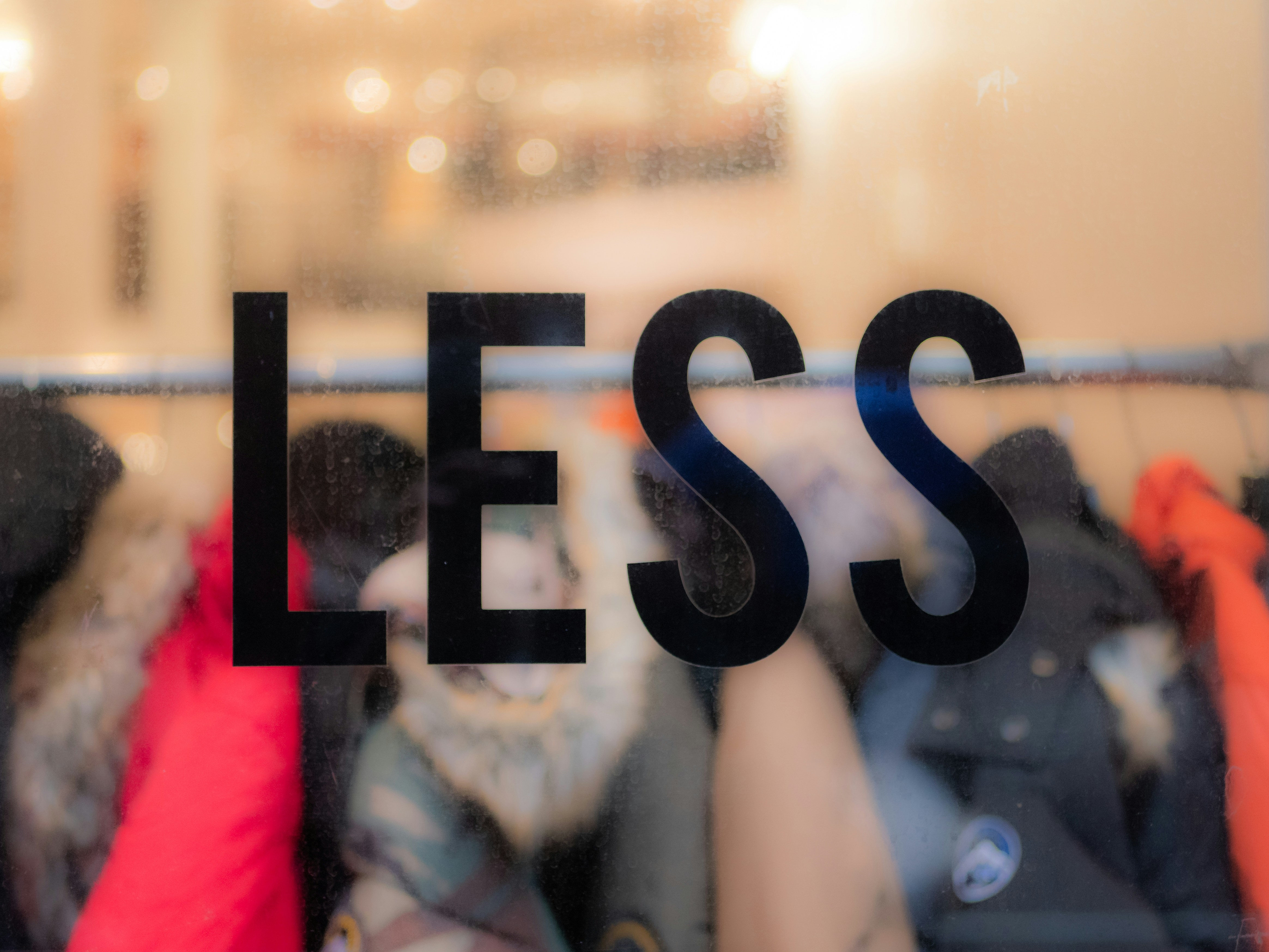"Redefining Boundaries: The Intriguing World of Virtual Reality in Performing Arts"
Introduction: Dive into the captivating realm of virtual reality (VR) as it revolutionizes the performing arts industry. This article explores the historical context, current trends, and the transformative impact of VR on the arts. Virtual reality, a concept that seemed like science fiction a few decades ago, has now become a reality. The journey of VR in performing arts began in the late 20th century, with pioneers like Myron Krueger and Char Davies using immersive environments to create unique artistic experiences. However, it was only in the 21st century, with the advent of advanced VR technologies, that the true potential of VR in performing arts began to unfold.

The Current Scenario: VR and Performing Arts
Today, VR has become an integral part of the performing arts industry. From theatre productions that transport audiences to different worlds, to dance performances that allow viewers to experience the art form from the dancer’s perspective, VR is redefining the boundaries of artistic expression. Recent developments include the Royal Shakespeare Company’s use of VR in their 2021 production of “Dream,” which allowed audiences to interact with the performance in real time.
The Impact of VR on Performing Arts
The impact of VR on performing arts is profound. It has not only expanded the scope of creative expression but also transformed the audience’s experience. With VR, viewers are no longer passive spectators; they become active participants, immersing themselves in the narrative and influencing its course. This interactive element has added a new dimension to performing arts, making it more engaging and personal.
The Significance and Reception of VR in Performing Arts
The significance of VR in performing arts lies in its ability to break down barriers. It transcends geographical boundaries, allowing artists to reach global audiences. It also breaks down the fourth wall, creating a direct connection between the performers and the audience. The reception of VR in performing arts has been largely positive, with critics praising its innovative approach and audiences appreciating the immersive experiences it offers.
The Future of VR in Performing Arts
As VR technology continues to evolve, its role in performing arts is set to become even more significant. Artists are experimenting with new ways to use VR, pushing the boundaries of what is possible in performing arts. The future promises more immersive, interactive, and innovative experiences, redefining the way we perceive and experience art.
In conclusion, the integration of virtual reality in performing arts is a testament to the limitless possibilities of human creativity. It is a fascinating journey that continues to evolve, offering fresh perspectives and transforming the world of performing arts.




